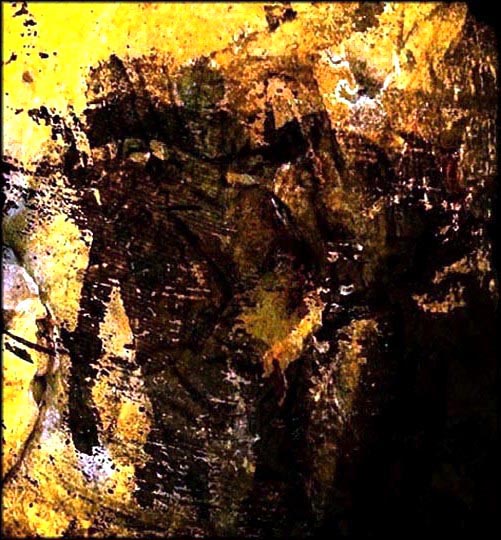
Contrary to the modernist myth of the artist as suffering hero, tribal art did not have the "aesthetic attitude" that arose in the Renaissance and deepened during the Enlightenment, in which with rays rising from his shoulder and the saw of justice held in his upraised hand, the sun-god Shamash emerges from between the eastern mountains in the company of four other gods whose powers of fertility ultimately depend on his. To the viewer's far left an artist, often depressed and alcoholic, if not suicidal, contemplates the world from ascetic distance while feeding an insatiable art market.
There
are elements here of the shaman, the solitary healer within
a community—
feared, respected, needed—who "confronts us with the
fact that sickness and vital visionary experiences have always
been
intimately
interrelated."
Although in many
respects shaman also fits this heroic mode, he or she is not
depressed or suicidal, but has been
initiated into the spiritually challenging world of psycho-phenomena,
"able to contact the gods and the ancestors, who are suddenly
visible to them beyond the circle of firelight."
If the numinous is natural to human consciousness, as is contended by most religions and some neuroscientists, then why in so many cases are states of spiritual ecstasy pursued in "the darkness / beneath the mind,
meeting not only
the defect of words,
but the raving madness woven into your
genetic threads, a perfect unreasonability of all that you've known..."?